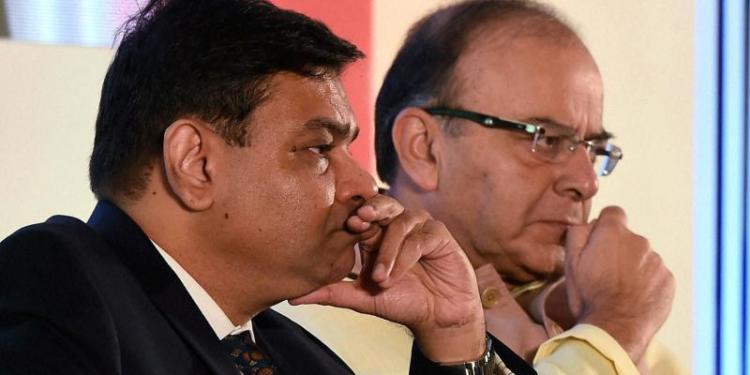There is a major tussle going on between Reserve Bank of India (RBI) and Finance Ministry over a lot many things. But the bone of contention remains the setting up a new payments regulator. The government wants to separate banking and payments to better regulate both sectors. If the new payments regulator is set up, the works of the central bank will be eased out to the regulation of banking. However, RBI published a dissent note against the government in which it claimed, “Payment systems are a sub-set of currency which is regulated by the RBI. The overarching impact of monetary policy on payment and settlement systems and vice versa provides support for regulation of payment systems to be with the monetary authority.”
The first step to separate banking and payments was taken by the UPA government which passed Payment and Settlement Systems Act (PSSA) in December, 2007. Later, Union finance ministry formed 11-member committee in September 2016 to review existing payment systems in country and recommend appropriate measures for encouraging Digital Payments. The committee headed by principal advisor at NITI Aayog called for establishing separate Payments Regulatory Board (PRB) as an independent body for retail payments and suggested that RBI’s regulation must be kept only for SIPS (systematically important payments system). “ An independent payments regulatory board (PRB) needs to be established to regulate the payments sector aimed at fostering competition, consumer protection, systemic stability and resilience in the payments sector,” said the draft Payment and Settlement System Bill, 2018, submitted by the committee to finalize the amendments to the Payment and Settlement Act, 2007.
As per the draft, payments regulator will be an independent regulator like SEBI, RBI, and IRDA etcetera. The chairperson of the PRB will be appointed by the government in consultation with the RBI. However, the dissents note published by RBI suggested, “The Payments Regulatory Board (PRB) must remain with the Reserve Bank and headed by the Governor, Reserve Bank of India. It may comprise 3 members nominated by the Government and RBI respectively, with a casting vote for the Governor to ensure smooth operations of the Board.” RBI also defended its track record in regulating digital payments and said “There has been no evidence of any inefficiency in payment systems of India. The digital payments have made good and steady progress. India is gaining international recognition as a leader in payment systems. Given this, there need not be any change in a well-functioning system.”
The government accuses the central bank of step motherly treatment to non bank players in terms of payments. The partiality of RBI forced government to consider establishing an independent regulator. RBI argues that there will be fragmentation in regulation if banking and payments are monitored by authorities which are under power of different agencies. The government and the central bank must settle the issue, the new payments regulator could work like Monetary Policy Committee (MPC) where representation will be from both the government and RBI members but RBI governor has the right to over-rule its decisions. A compromise could be made if the representatives of both institutions decide to talk privately rather than bringing the spat in public.































